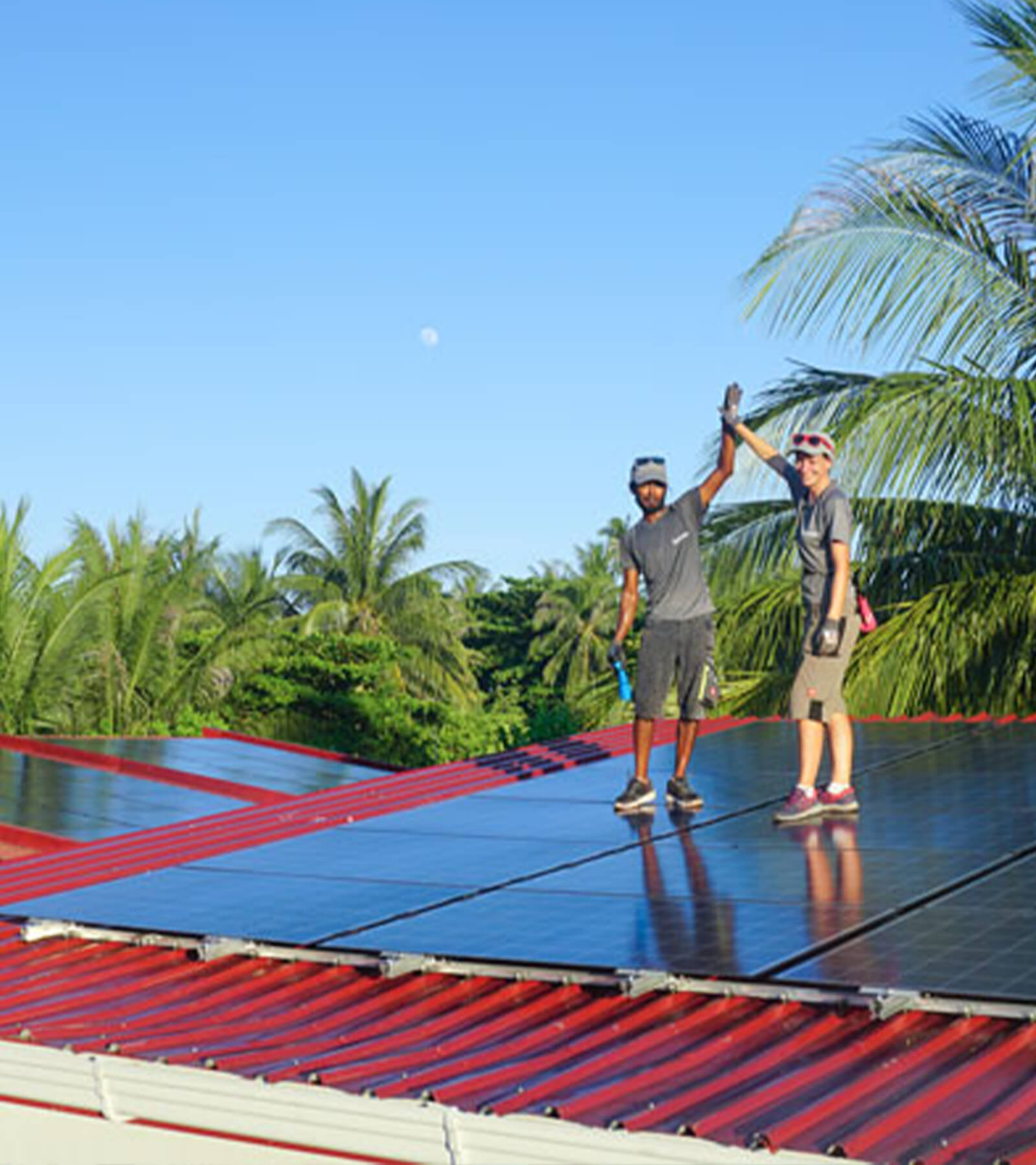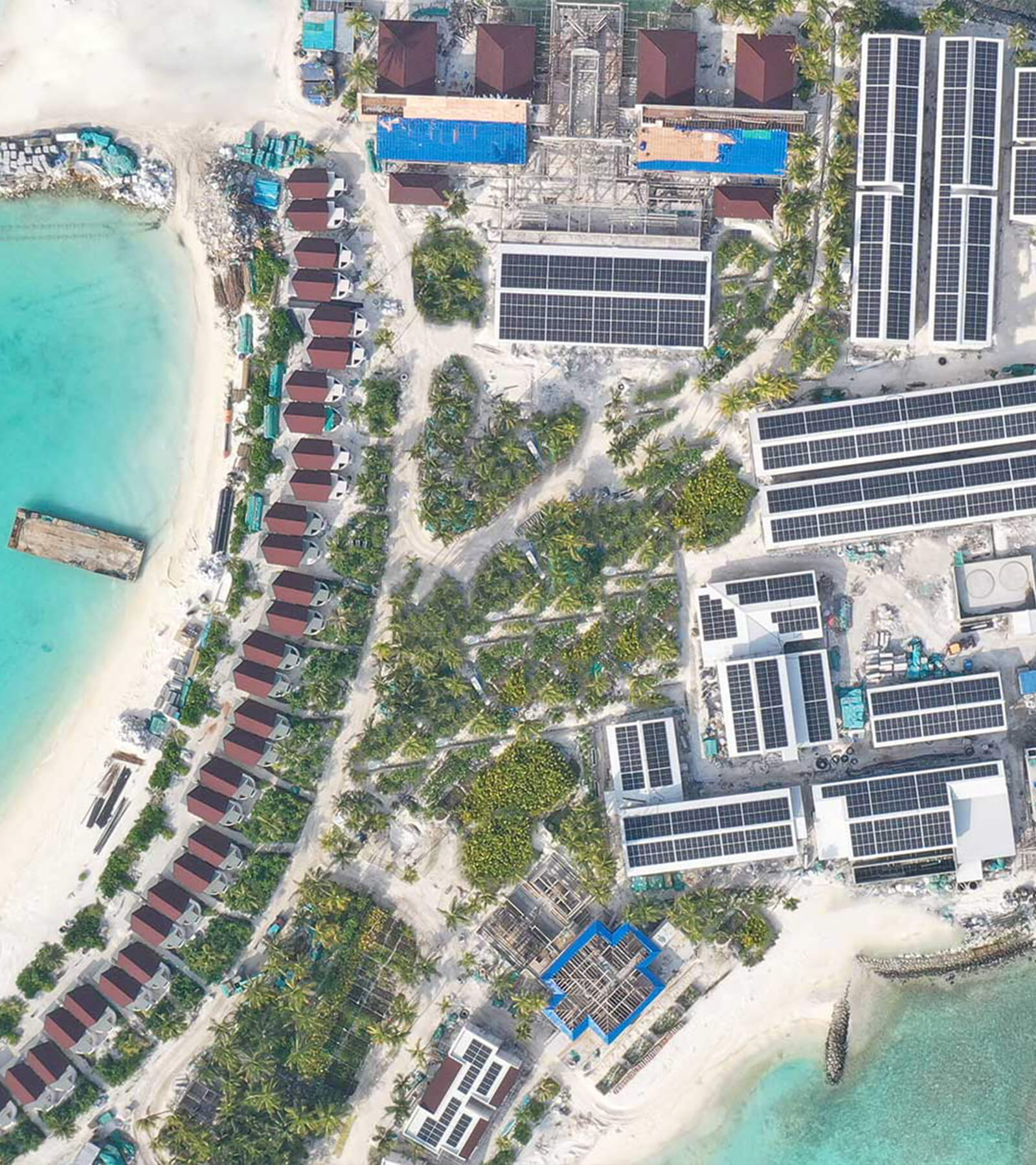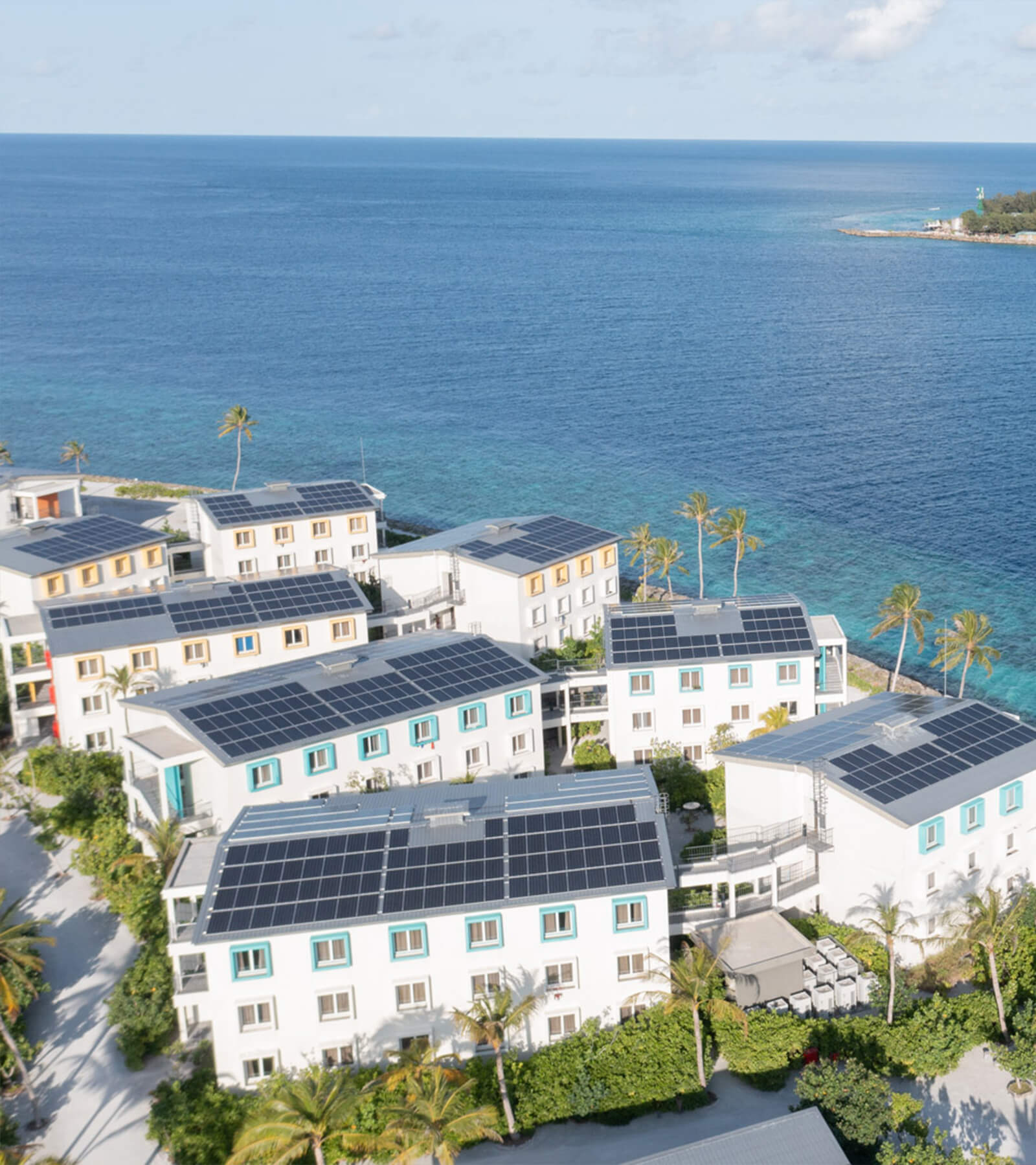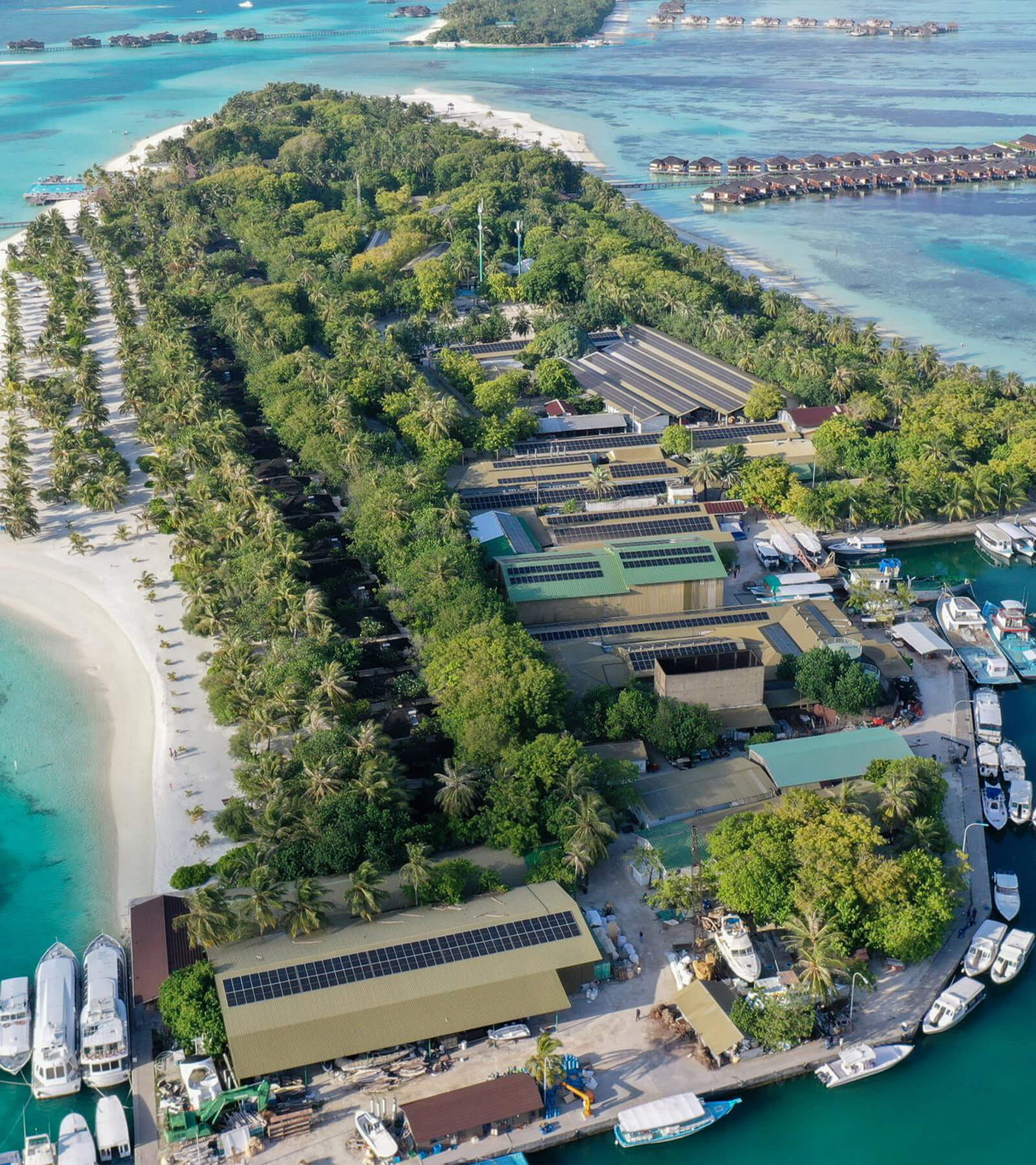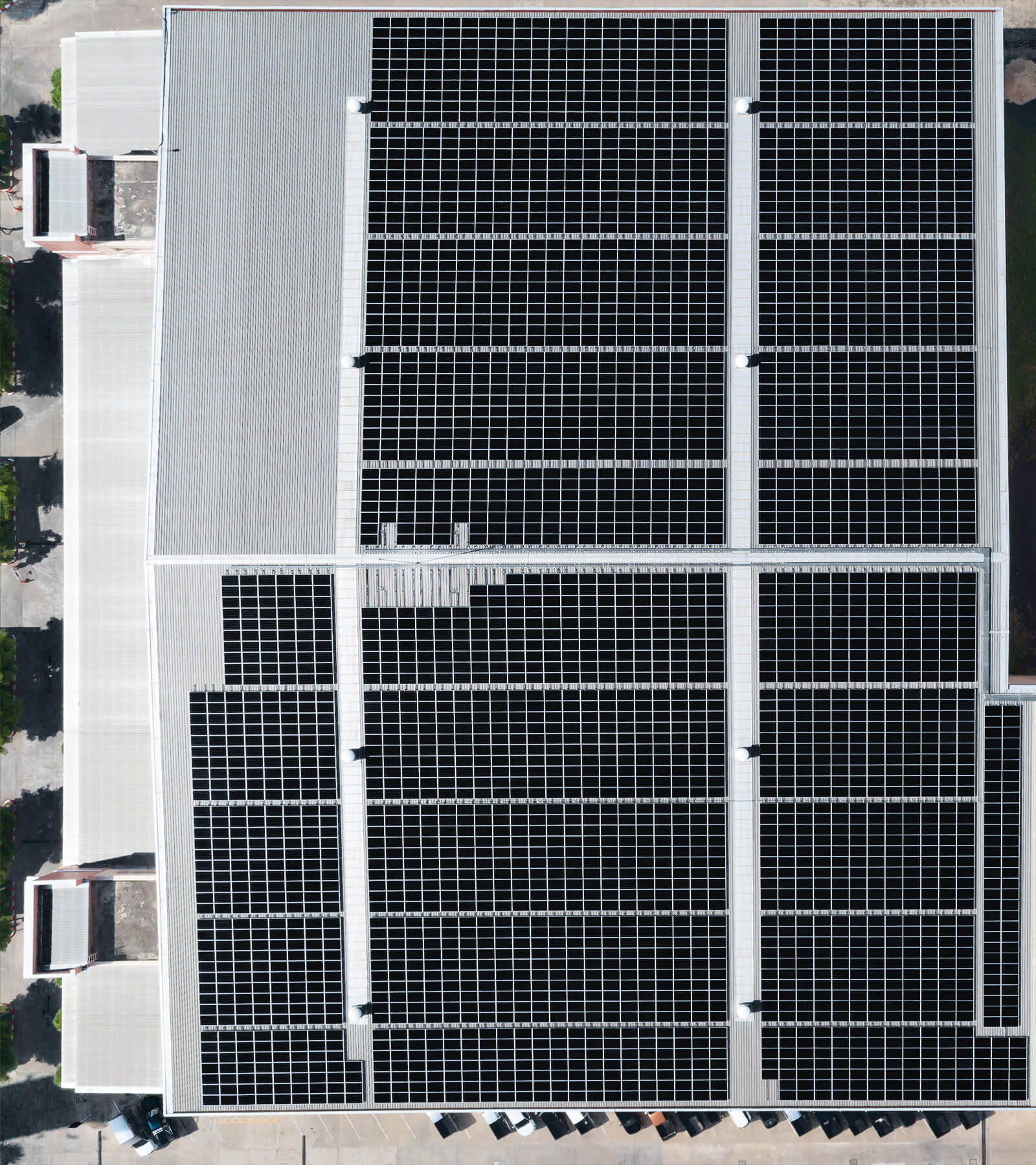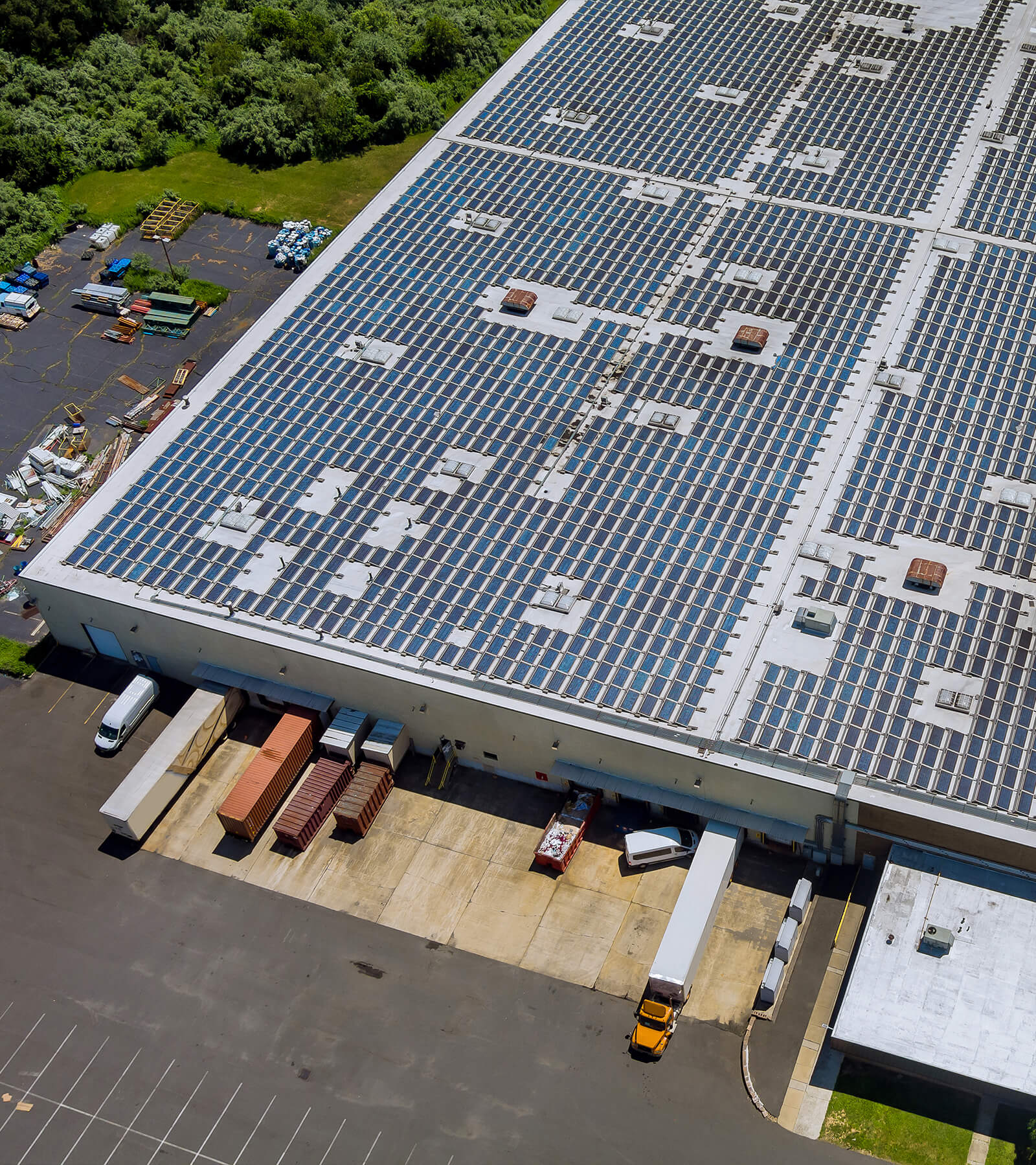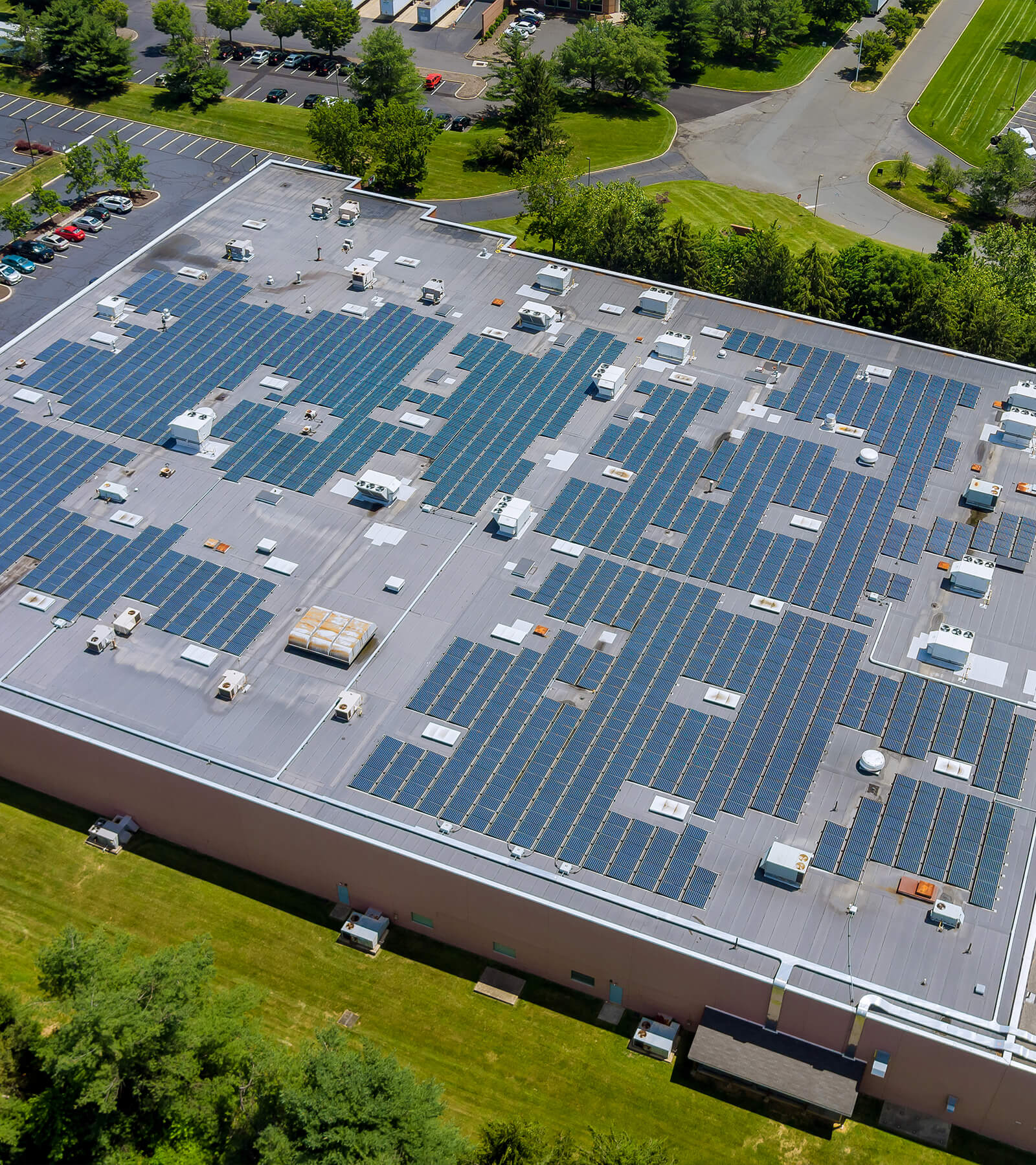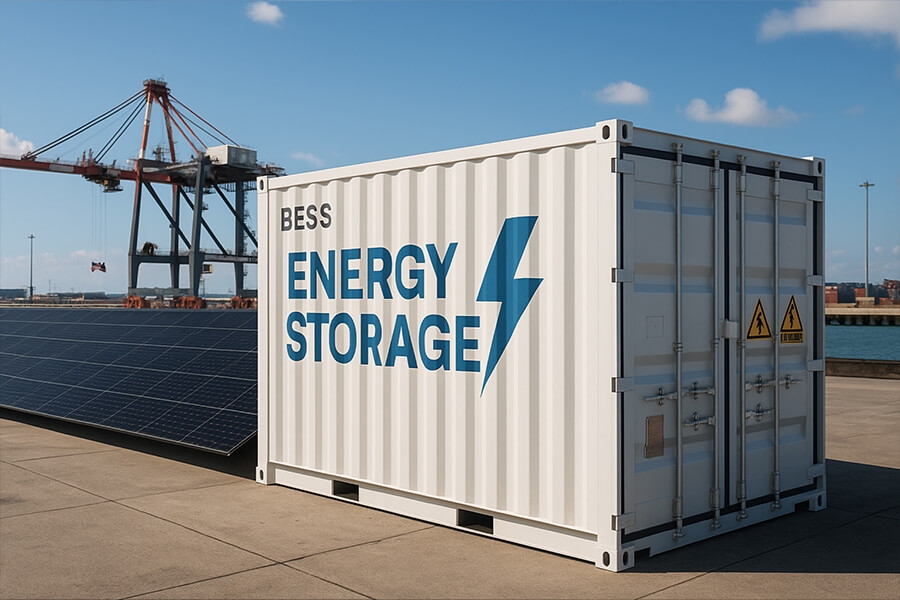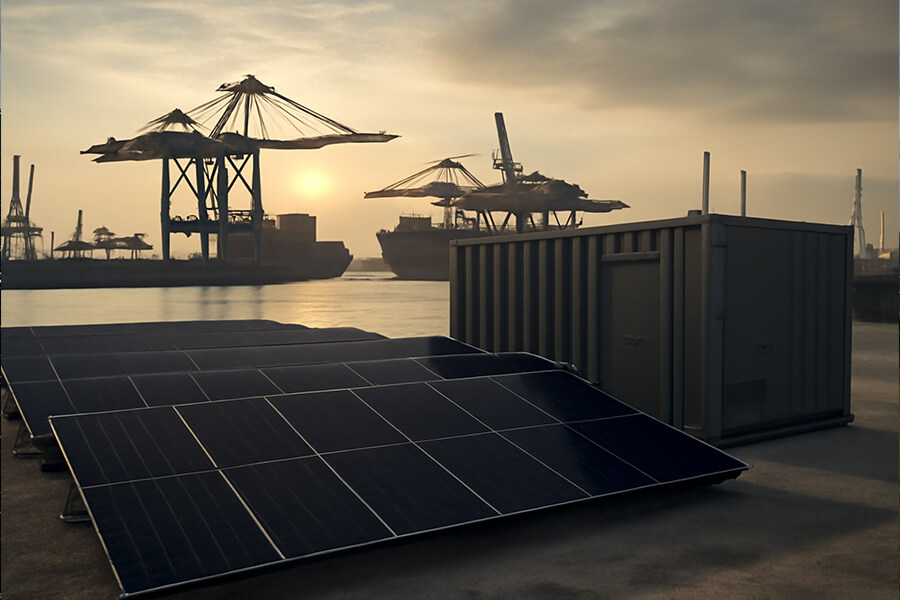Stuck paying premium rates to keep the lights on overnight? BMW Leipzig cracked the code in 2025. By integrating massive rooftop solar with rugged 8MWh Industrial BESS Container Solutions, their assembly lines now run 24/7 completely independent of the night grid – a move validated by Fraunhofer ISE to slash €480,000 off their annual energy bill. This isn’t magic; it’s high-performance storage (think 10,000-cycle LFP batteries and 95% round-trip efficiency) turning daytime sunshine into reliable, cost-effective night shift power, proving solar + storage is ready for heavy industry.
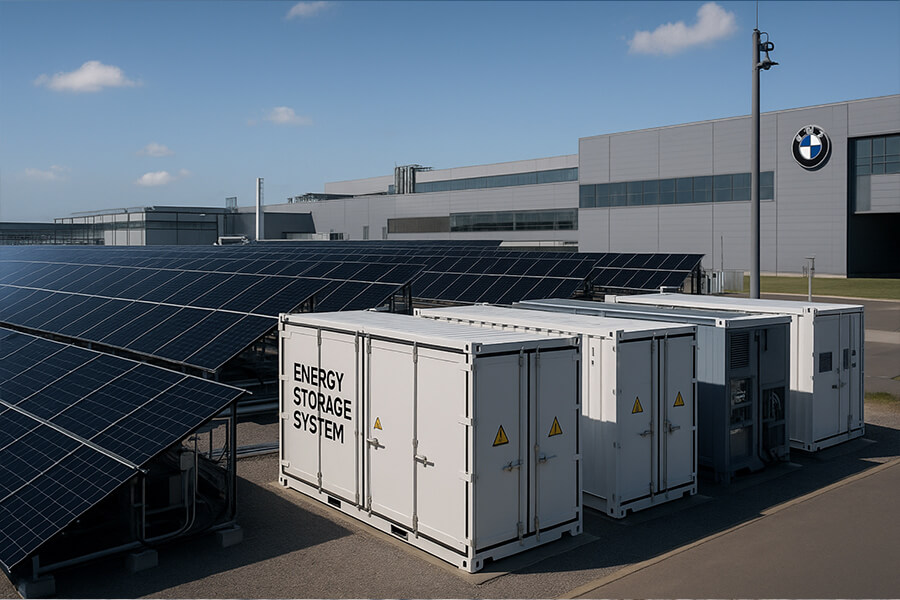
The Midnight Energy Blues: BMW Leipzig’s Costly Tango with the Grid
Picture Leipzig at 2 AM in 2025. While most Germans are blissfully asleep (or debating a third helping of currywurst), BMW’s assembly lines are wide awake. Robots weld, arms pivot, and conveyor belts hum – a symphony of productivity. But here’s the kicker: keeping this nocturnal dance alive traditionally meant paying premium rates to the grid operator, essentially funding a “disco powered by gold-plated extension cords.”
⚡ The Price of Productivity After Dark
For factories running 24/7, nighttime operations aren’t just logistically challenging – they’re financially painful. When solar panels sleep and wind isn’t blowing, manufacturers like BMW historically faced:
- Exorbitant electricity rates during night/peak hours
- Grid dependency risks (price volatility, supply interruptions)
- Zero leverage against utility pricing models
Let’s break down the math that kept BMW’s energy managers awake at night:
Table: The Sting of Night-Shift Grid Dependence (Leipzig, 2024-2025)
| Cost Factor | Daytime Rate | Night/Peak Rate | Markup |
|---|---|---|---|
| Electricity (per kWh) | €0.18 | €0.32 | +78% |
| Annual Night Shift Consumption | 22 GWh | – | – |
| Extra Annual Cost | – | €3.08M | +€3.08M |
Source: BDEW Electricity Price Analysis 2025
(Data reflects industrial rates in Saxony, Germany)
🕰️ Why 2 AM Feels Like a Jet Engine Burning Cash
According to Fraunhofer ISE’s 2025 study on industrial energy costs, manufacturers spend 40-60% more per kWh during night/peak windows than during daytime off-peak periods. For BMW Leipzig’s night shift consuming ~22 GWh annually, this translated to €3+ million in avoidable expenses – enough to buy 60 BMW i4s… every single year.
“It’s like paying champagne prices for tap water because your well runs dry after sunset.”
– Energy Manager, Automotive Sector (2025 Industry Report)
🔌 The “Gold-Plated Extension Cord” Dilemma
The irony? Solar panels covered BMW’s rooftops by day, generating ample clean energy. But without storage, that power vanished at dusk – forcing the factory back into the grid’s costly embrace. The result? A sustainability paradox:
✅ Day: Carbon-free solar-powered production
❌ Night: Grid-dependent, fossil-heavy operations
By 2024, this model wasn’t just expensive – it undermined BMW’s pledge to achieve 100% renewable manufacturing by 2030. Something had to give.
(Smooth transition to next section: Solar + Storage Solution)
What’s a round-the-clock factory to do when the sun clocks out? For BMW Leipzig, the answer arrived in a 40-foot container…
The Sunshine Bank: How BMW Leipzig Turned Rooftops into a 24/7 Power Plant
Staring down €3+ million in annual night-grid premiums, BMW Leipzig’s engineers had a revelation in early 2025: Their factory roof wasn’t just weatherproofing – it was 220,000 m² of untapped power real estate.
☀️ Step 1: Maxing Out the Solar Dividend
BMW expanded its existing rooftop PV array to a formidable 20 MW peak capacity – enough to power ~5,000 German households. But as Fraunhofer ISE’s solar generation data shows, panels are notoriously lazy after sunset:
Table: Leipzig Solar Generation vs. Factory Demand (2025)
| Period | Solar Output (MWh) | Factory Demand (MWh) | Energy Gap |
|---|---|---|---|
| Day (6AM-6PM) | 112,000 | 98,000 | +14,000 |
| Night (6PM-6AM) | 0 | 82,000 | -82,000 |
| Annual Total | 136,000 | 180,000 | -44,000 |
Source: Fraunhofer ISE Energy Charts 2025
Translation: Even with massive solar overproduction by day, nights created an 82,000 MWh annual deficit – previously filled by costly grid power.
⚡ Step 2: Enter the Midnight Shift Heroes – Industrial BESS Containers
This is where the real magic happened. BMW deployed eight 1MWh Industrial BESS Container Solutions – think “sunshine vaults” – strategically integrated with their energy management system.
Why Containers? The Nuts & Bolts:
- Plug-and-Play Scalability: No factory retrofits; deployed in <72 hours
- Military-Grade Resilience: -30°C to 55°C operation (perfect for Saxony’s moody climate)
- LFP (LiFePO₄) Batteries: Zero thermal runaway risk – critical for industrial safety (UL 9540A Certified)
- 95% Round-Trip Efficiency: Only 5% energy lost in storage→release cycles
The genius workflow:
Sunshine (Day) → Solar PV → Charge BESS Containers → Power Assembly Lines (Night)
📦 Why “Un-Sexy” Hardware is the Real MVP
While AI and quantum computing grab headlines, these 40-foot steel containers solved BMW’s €3M problem with brutal simplicity:
“They’re like the world’s most disciplined energy accountants: store every spare solar kWh by day, release it precisely when rates spike. No capes, no drama – just €€€ savings.”
– Dr. Lena Schmidt, Fraunhofer ISE Project Lead
Key 2025 Performance Metrics (Per Container):
| Spec | Value | Industry Avg. |
|---|---|---|
| Capacity | 1 MWh | 0.8 MWh |
| Cycle Life | 10,000 cycles (@80% DoD) | 6,000 cycles |
| Response Time | <200 ms | 500 ms |
| Peak Discharge Duration | 4 hours (full load) | 2 hours |
| Warranty | 15 years | 10 years |
Source: DNV GL Battery Performance Scorecard 2025
⚙️ The Seamless Handshake: Solar + BESS + Factory
A proprietary AI controller (dubbed “Energonix“) directs the flow:
- 06:00-18:00: Solar powers factory + charges BESS to 100%
- 18:00-22:00 (Peak Grid Rates): BESS covers 100% of assembly line demand
- 22:00-06:00: BESS supplies 85% of night shift; grid fills gaps
“It’s not just backup power – it’s predictable cost elimination for our highest-demand periods.”
– BMW Leipzig Plant Manager, Automotive News Europe (2025)
(Smooth transition to results)
The outcome? A grid-defying night shift that turned energy from a cost center into a profit driver…
The Nitty-Gritty: Why These BESS Containers Don’t Snooze (Professional Specs Highlighted)
Powering BMW Leipzig’s night shift isn’t like keeping a bedside lamp on – it demands industrial-grade muscle with the stamina of an Olympic marathoner and the precision of a Swiss chronograph. The eight BESS containers humming at Leipzig? They’re engineered to dominate the graveyard shift. Here’s why:
🔋 Battery Chemistry: LFP (Lithium Iron Phosphate)
The Dependable Workhorse
While flashier NMC batteries grab headlines, BMW chose LFP for its bulletproof safety and longevity:
- Zero Thermal Runaway: Stable chemistry even at 100% state-of-charge (UL 9540A Certified)
- Wider Temp Tolerance: -30°C to 60°C operation (critical for Saxony’s -15°C winters)
- Cobalt/Nickel-Free: Eliminates conflict mineral concerns and price volatility
Table: LFP vs. NMC – The Industrial Reality Check (2025)
| Parameter | LFP (BMW Leipzig) | NMC (Industry Avg.) | Why It Matters |
|---|---|---|---|
| Thermal Runaway Risk | None (inherently safe) | Moderate mitigation needed | No fire suppression systems required |
| Cycle Life (80% DoD) | 10,000 cycles | 6,000 cycles | +67% longer lifespan |
| Raw Material Cost | €78/kWh | €102/kWh | 23% cheaper upfront |
| Operational Temp | -30°C to 60°C | -20°C to 45°C | Uninterrupted Saxony winters |
Source: Fraunhofer ISE Battery Degradation Report 2025, p.22
⏳ Longevity: 10,000 Cycles – The “Set It and Forget It” Warranty
Forget “long-lasting” – this is “install it and outlive your production line” territory. With 10,000 full-depth cycles:
- 20+ Year Lifespan: At 1.3 cycles/day (charge by sun, discharge at night), these units will still hold >80% capacity in 2045 (DNV GL Projection)
- Bus-Timetable Reliability: More predictable than Berlin’s U-Bahn – guaranteed 99.8% uptime
- Zero Maintenance: Sealed, self-regulating HVAC and cloud-based health monitoring
“LFP degradation is so linear, we can plot capacity curves into the 2040s. It’s industrial poetry.”
– Energy Storage News Tech Review (May 2025)
💡 Efficiency: 95% Round-Trip – Where Sunshine Doesn’t Sizzle Out
Losing just 5% of captured solar energy during storage? That’s efficiency even the famously frugal Swabians would nod at:
- From Panel to Robot Arm: 95% of every solar kWh powers assembly lines, not wasted as heat
- Passive Cooling Genius: Phase-change materials absorb heat during discharge (no energy-draining AC)
- €€€ Math: At Leipzig’s scale, that 5% loss gap vs. industry-average 88% efficiency saves €34,000/year in ‘phantom energy’
Graphic: The Energy Journey of 1 Solar kWh
Source: IEA PVPS Task 17: BESS Performance Guidelines (2025)
🔧 Why This Isn’t Just “Big Power Banks”
These containers are electrochemical orchestras:
- 200ms Grid Response: Faster than Germany’s 500ms primary reserve standard (ENTSO-E)
- Peak Shaving Intelligence: Instantaneously cuts draw when grid rates spike (saving €175/kWh during winter peaks)
- Black Start Capable: Can reboot the factory solo if grid fails – no diesel gensets needed
(Smooth setup for ROI discussion)
The verdict? This isn’t just hardware – it’s an energy asset printing €480k/year. But how does the ROI shake out? Time for the accountant’s happy dance…
Your Turn: How to Harness the Night Shift (Introducing Maxbo Solar)
Seeing BMW Leipzig’s €480k/year savings and bulletproof power might have you thinking: “Could my factory ditch grid anxiety and turn sunlight into 24/7 productivity?” At Maxbo Solar, that’s our favorite kind of puzzle to solve.
🏭 Who We Are: Your Heavy-Lift Energy Partners
We design industrial-grade BESS container solutions engineered for relentless factory demands. Think of us as architects of energy independence – transforming your rooftop solar and unused yard space into a self-sustaining power station that never clocks out.
Table: Why Factories Choose Maxbo vs. Piecemeal Solutions
| Challenge | Standard BESS Approach | Maxbo Industrial Solution |
|---|---|---|
| Integration Complexity | 3-5 vendors (BESS, inverters, controls) | Single-source containerized system |
| Cycle Life Assurance | 6,000 cycles (typical warranty) | 10,000-cycle LFP units (real-world proven) |
| ROI Timeline | 5-7 years | <4-year payback (30% avg. energy cost reduction) |
| Scalability | Fixed capacity | Plug-and-play expansion (+2MW per container) |
Source: BloombergNEF Industrial Storage Adoption Report 2025, p.17
🔧 Our Role: We Build the Muscle, You Make the Goods
Projects like Leipzig prove what’s possible. We deliver the high-cycle, high-efficiency BESS containers that make solar-powered night shifts a reality. While you focus on production, we ensure your power is:
- Clean: 100% solar-driven after sunset (avoiding 780+ tons CO₂/year per MW deployed)
- Reliable: 99.8% uptime with grid-fail black start capability
- Cost-Slashing: Cut peak demand charges by 40% and avoid €0.32/kWh grid spikes (European Power Exchange 2025 Avg.)
“Industrial operators using BESS reduced energy costs by 30% in 2024 – a gap widening as grid volatility increases.”
– Wood Mackenzie Energy Transition Report, Jan 2025
📊 The Math That Converts Skeptics to Believers
ROI Drivers in Your Control:
1. Peak Shaving Savings: €175,000+/year per MW (avoiding demand charges)
2. Solar Self-Consumption Boost: 90%+ utilization vs. 40% without storage
3. Incentives: 30% ITC (US) / €240/kWh subsidy (EU Industrial Decarbonization Fund)
4. Resilience Value: €500k+/hour saved during outages (auto manufacturing avg.)
Source: Lazard Levelized Cost of Storage v11.0 (2025)
📣 Let’s Crunch Your Numbers
Curious what your night shift or peak demand spikes really cost? How much could solar + storage save your bottom line? Let’s optimize your equation.
We speak fluent factory, kWh, and ROI.
→ Explore Your Custom Blueprint: www.maxbo-solar.com

